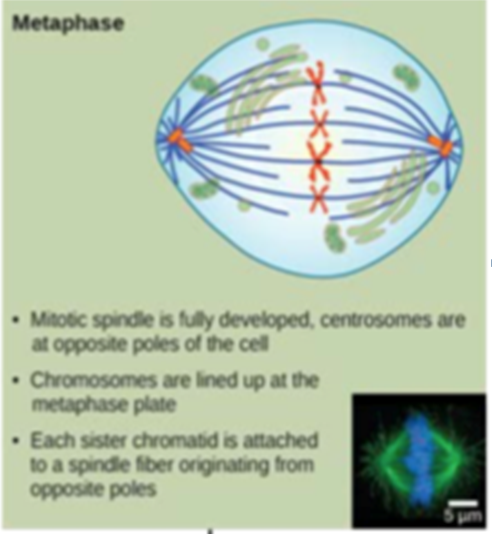For the Galapagos Islands finch species Geospiza fortis, drought conditions produced a change in the population in which the next generation had larger beaks than the previous one. What produced this change in the population?
A) Birds with smaller beaks had higher fitness, but they waited to reproduce until wet weather returned.
B) Birds with smaller beaks had higher fitness, but they were outcompeted by birds with larger beaks.
C) Birds with smaller beaks flew to nearby islands where food was more plentiful.
D) Birds with larger beaks had higher fitness, so they could produce more offspring that inherited the same trait.
Answer: D
You might also like to view...
Which of the following statements regarding extinction is (are) correct?
I) Only a small percentage of species is immune from extinction. II) Extinction occurs whether humans interfere or not. III) Extinctions can even be caused indirectly by humans. A) only I B) only II C) only III D) only II and III E) I, II, and III
The diagram shows a cell in metaphase. What process occurs in the next phase?

a. A cleavage furrow forms, separating the cells.
b. Chromosomes reach their maximum density.
c. Polar microtubules extend, elongating the cell.
d. Nuclear envelopes form around the chromosomes.
In humans, an X-linked disorder called coloboma iridia (a fissure in the iris) is a recessive trait. A
normal couple has an afflicted daughter. The husband sues the wife for divorce on the grounds of infidelity. Would you vote in his favor? What will be an ideal response?
Consider a protein that is targeted to be an integral membrane protein on the surface of a cell. It has a specific functional domain (domain X) facing the external environment of the cell. How will this protein be oriented in the E.R.?
A) It will be embedded in the E.R. membrane with domain X facing the cytoplasm of the cell. B) It will be embedded in the E.R. membrane with domain X facing the lumen of the E.R. C) It will be completely within the E.R. lumen, not embedded in the membrane. D) It will be outside the E.R. as a peripheral membrane protein.